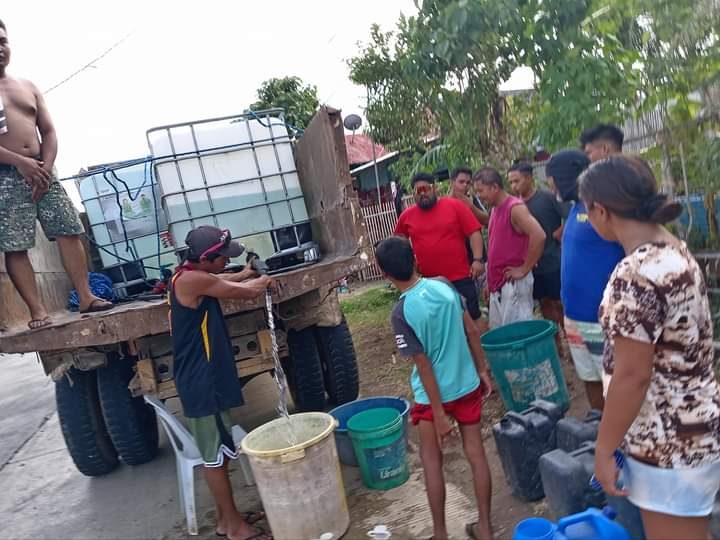SUMMARY
This is AI generated summarization, which may have errors. For context, always refer to the full article.

BACOLOD, Philippines – Officials of Moises Padilla town sounded alarm bells as they trekked to the remote villages of Inolingan and Macagahay, only to discover a distressing reality – most of the water springs there have dried up under the relentless scorching heat.
The picturesque mountain villages of Inolingan and Macagahay have now become the front lines in the town’s battle against the crippling effects of the dry spell.
“People there are in dire need now, especially for drinking water. It’s the first time I saw water springs in these mountain barangays dry up,” Mayor Ella Celestina Garcia-Yulo lamented on Sunday, May 5.
These far-flung communities, once known for their resilience in the face of adversity, are now facing an unprecedented challenge. With water sources depleted, residents are left grappling for survival in an environment increasingly hostile due to rising temperatures and extremely dry weather conditions as a result of the El Nino phenomenon that has gripped the country since 2023.
The entire town is facing a serious water scarcity problem, prompting Yulo to order water rationing in several of the worst-hit barangays, including the town center, over the weekend.
On Sunday alone, the Municipal Disaster Risk Reduction and Management Office (MDRRMO) and Municipal Engineer’s Office (MEO) delivered 6,000 liters of potable water to residents in the poblacion area and Barangay Magallon Cadre.
Moises Padilla’s water sources have been drying up so that even the town’s old water reservoir in the municipal center area could no longer provide for most of its barangays. The once-dependable reservoir, built during World War II, has long been serving 13 out of Moises Padilla’s 15 barangays.
Now, the reservoir’s water level has receded to a critical point, prompting the local government to resort to water rationing.
Other areas in Negros Occidental have been suffering the effects of the El Nino, reporting millions of pesos in agricultural damage.
In late April, the Office of the Provincial Agriculturist (OPA) reported significant damage to rice and corn crops due to the El Niño phenomenon, amounting to P197.153 million.
According to Dina Genzola, acting provincial agriculturist, the destruction to rice crops alone in 25 towns and cities totaled P192.208 million, while corn damage in six other localities was estimated at P4.944 million.
Cauayan town suffered the most severe impact, with rice crop damage reaching P66.139 million, followed by Kabankalan City at P41.9 million as of April, Genzola added.
Negros Occidental Governor Eugenio Jose Lacson has been reluctant on the idea of placing the province under a state of calamity, pointing out that not all of the 31 local governments under him are affected by the El Niño phenomenon –Rappler.com
Add a comment
How does this make you feel?









There are no comments yet. Add your comment to start the conversation.